The Role of Branded Merchandise in the Buyer's Journey

Businesses constantly seek innovative ways to engage customers and build brand loyalty in today’s competitive market. Branded merchandise is crucial in this process and plays specific roles and value at every stage of the buyer's journey. Let's explore how branded merchandise enhances each phase, from awareness to advocacy.
Awareness
Awareness is the first step in the buyer's journey. This is when potential buyers hear about your brand. Pens, tote bags, and water bottles can help increase brand visibility because these items are used daily.
When distributed at events and promotional campaigns as giveaways, these items act as mobile ads showcasing your brand to more potential customers. Product quality is also important in this stage and can spark curiosity and interest from potential buyers.

Consideration
The next step in the buyer’s journey is consideration. In this stage, potential buyers weigh their choices from multiple brands and stick with the one that best fits their wants and needs. Branded merchandise can influence this stage by reinforcing your brand’s image and values.
For example, eco-conscious buyers are most likely interested in sustainable products like bamboo utensils or reusable shopping bags. Offering or providing useful, high-quality items can position your brand as trustworthy and customer-centric. This encourages potential buyers to choose you over other brands.

Decision
Potential buyers have already decided to purchase at this stage. A well-designed branded merchandise can give that final nudge to convert interest into action. Offering premium and limited-edition promotional items, like a branded drink bottle or power bank can create a sense of urgency and excitement.
For some customers, this extra value could be the reason they choose your brand over others. Personalised items can also make customers feel valued and appreciated, further pushing them to act on their interests.

Purchase
In the purchase stage, the deal has been made. Personalised items with a brand name can make this experience better. Include a small branded gift with a purchase like a keychain, flash drive, or a thank-you note to leave a lasting impression.
This thoughtful gesture can go a long way in terms of making your buyers happy and satisfied with their experience of your brand. It can also increase the chance of repeat purchases and word-of-mouth referrals.

Retention
Retention means keeping people engaged and getting them to buy from you again. At this stage, branded merchandise is very important because it keeps your brand in people's minds. Sending customers branded gifts occasionally, like holiday-themed items or loyalty awards, can remind them of positive experiences with your brand.
Items that are useful and last a long time, like branded notebooks or tech gadgets, keep your brand visible to your customers everyday. This continued interaction builds loyalty and a sense of connection.

Advocacy
In the last stage, loyal customers become your brand ambassadors. Branded merchandise can turn happy and satisfied customers into brand ambassadors who spread the word. Customers who happily wear or use your branded apparel or accessories can start conversations and get others to recommend your brand.
Additionally, hosting a social media contest where you encourage customers to share their photos using or wearing your branded products can widen your reach and visibility. This organic online promotion can help you get more referrals, as potential customers are more likely to trust recommendations from their peers.

And that is what branded merchandise can do in every stage of the buyer’s journey. It supports every stage of the journey. If incorporated properly, branded merchandise can do wonders in enhancing brand visibility, influencing purchasing decisions, and building lasting customer relationships.



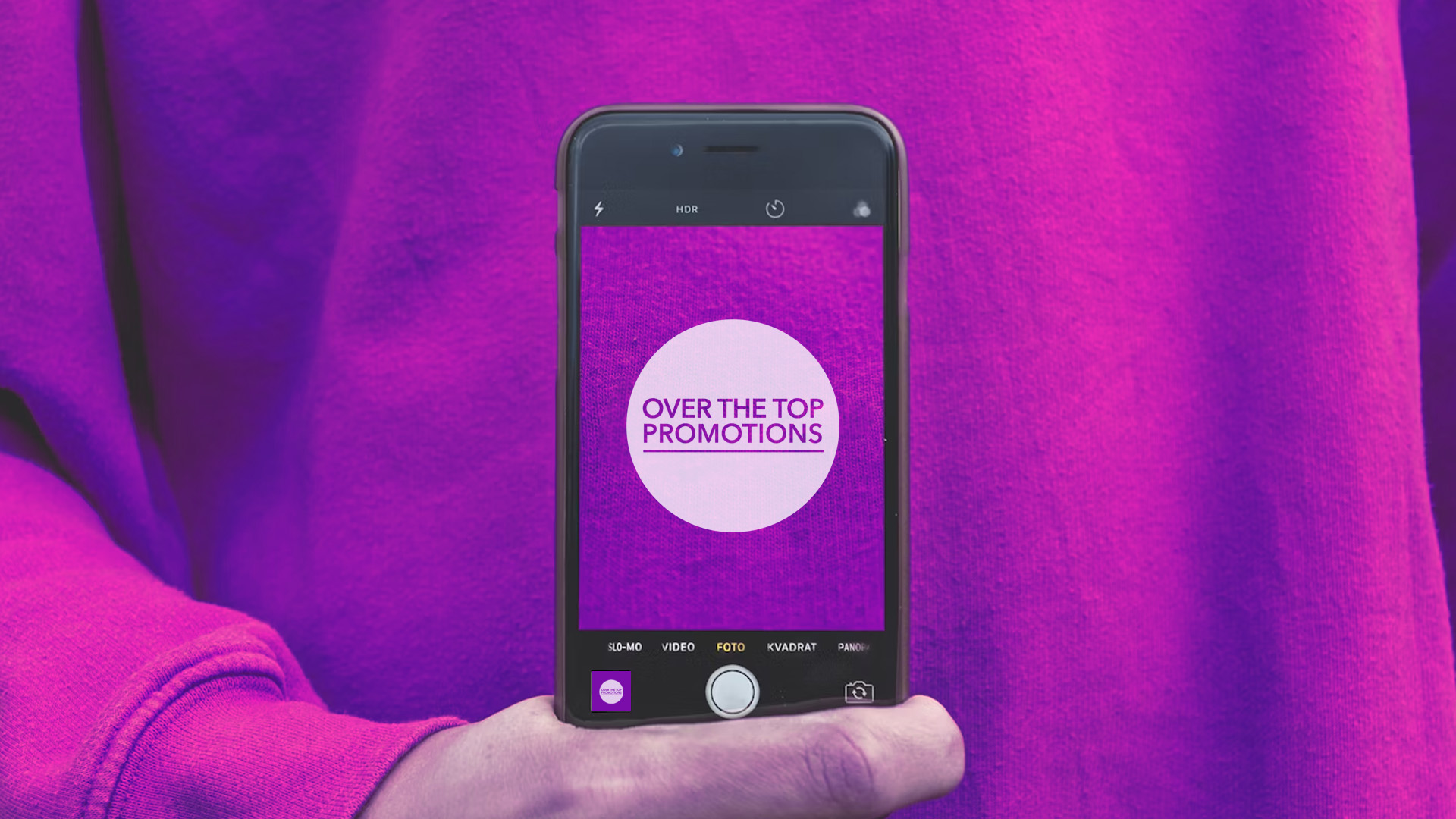
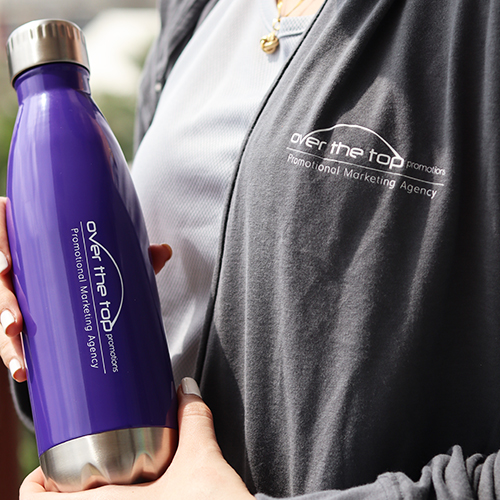

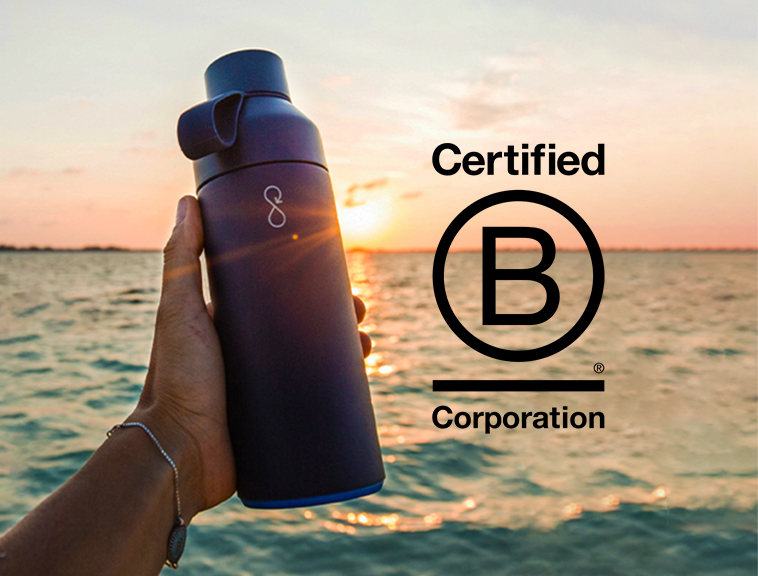
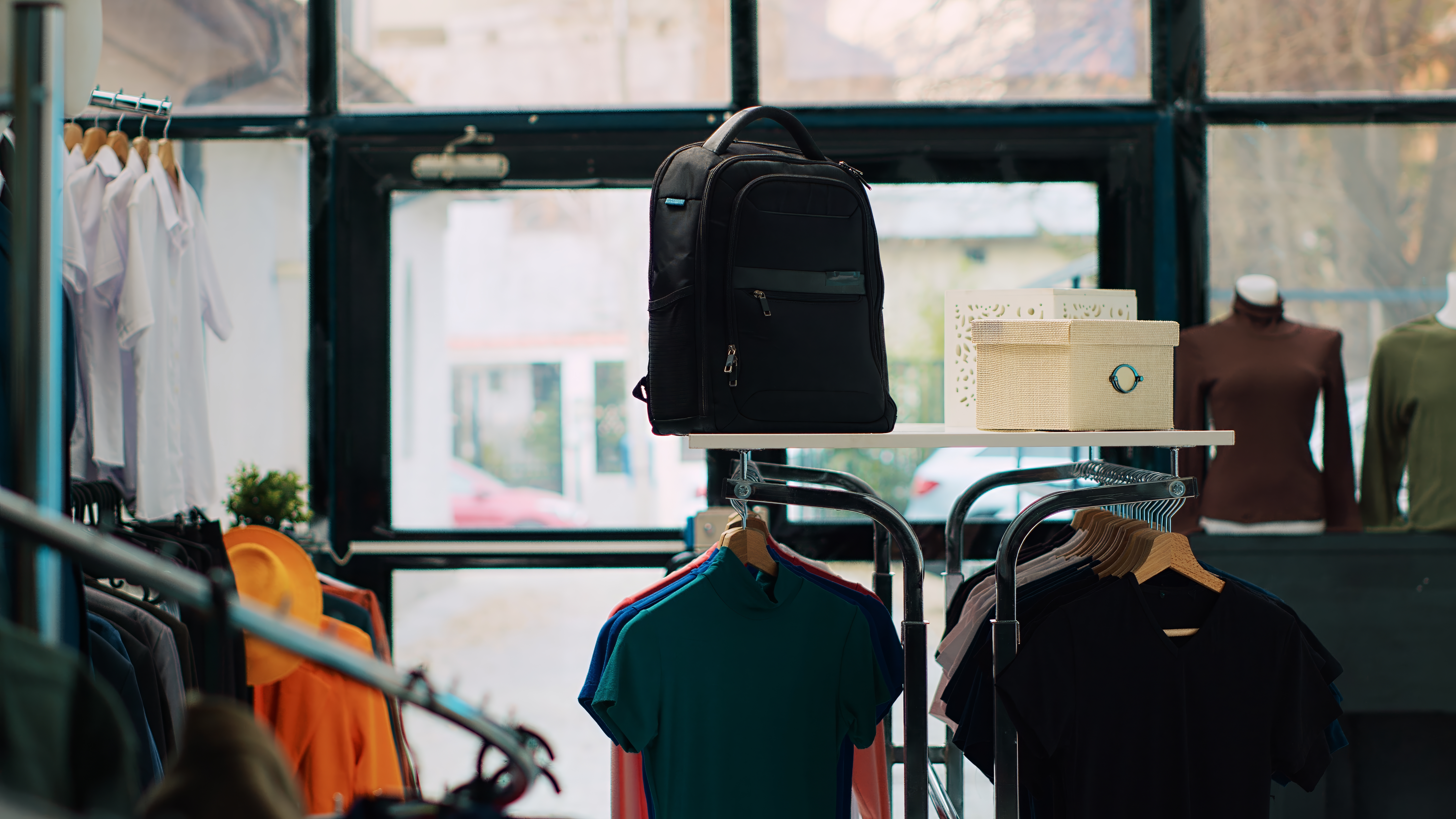
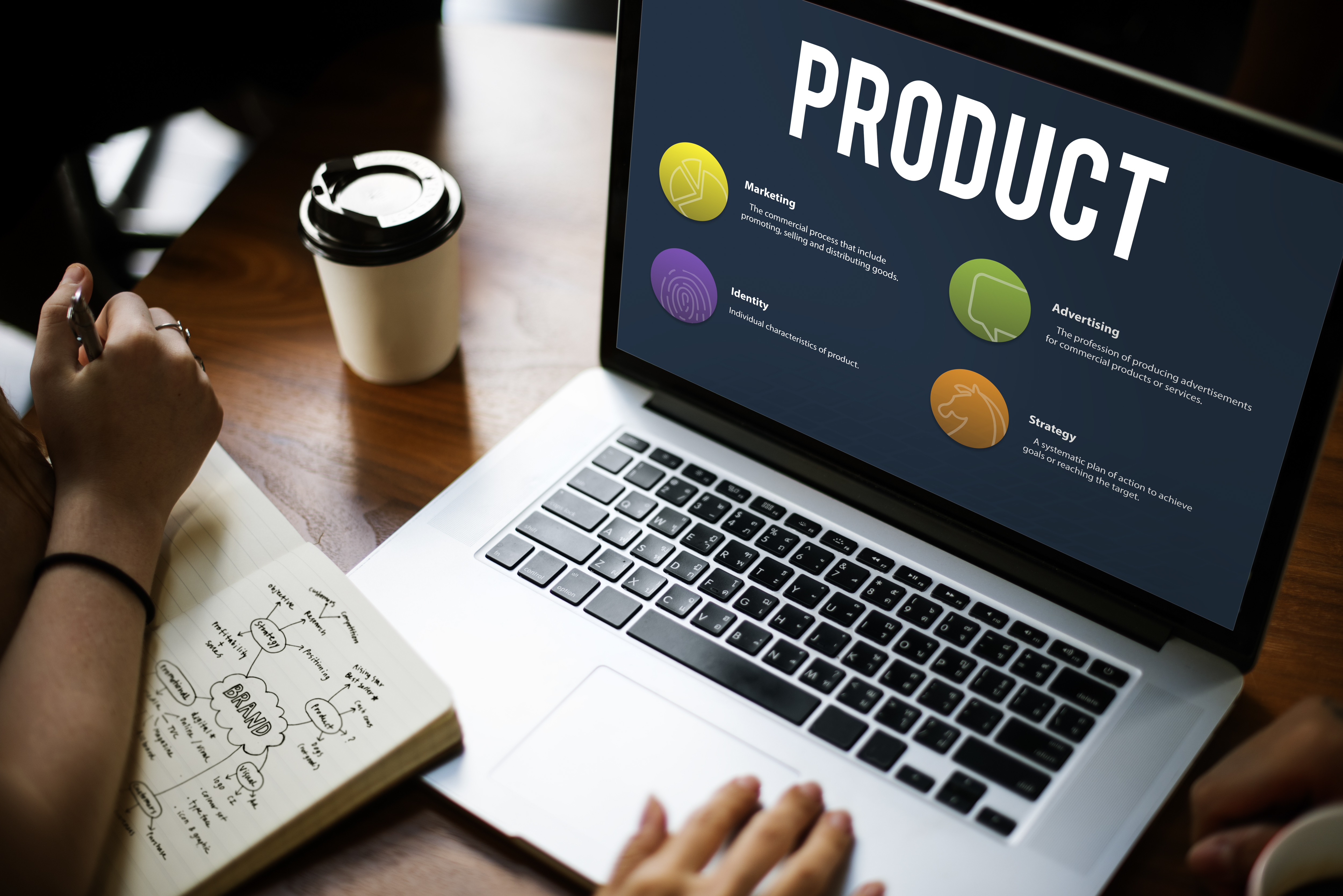
Comments